Seamless Integration of Smart Home Technology in Older Homes
Integrating smart home technology into older homes may seem daunting, but it doesn’t have to be. Research shows that nearly 70% of homeowners want smart features for added security and convenience, yet many worry about compatibility issues. In this guide, I will discuss assessing your older home’s compatibility with essential smart technology, planning for integration, and addressing common obstacles. You’ll gain the confidence to enhance your home with devices such as sensors and smart assistants like Amazon Alexa, ultimately minimizing risks like leak detection and improving your home’s memory capabilities. I aim to solve your concerns about modernization while preserving your home’s character.
Assessing Your Older Home’s Compatibility With Smart Technology
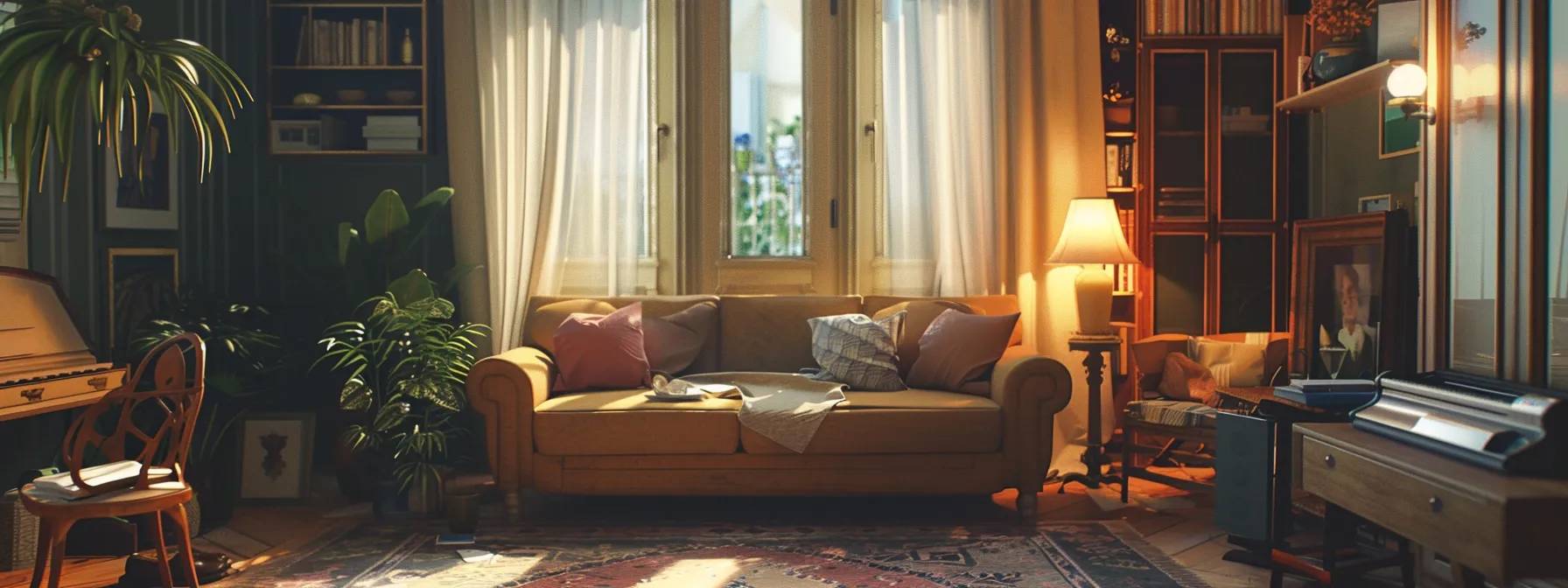
When assessing your older home’s compatibility with smart technology, it’s vital to inspect the electrical system to ensure it can support devices like smart doorbells and automated pill dispensers. Evaluating Wi-Fi coverage and connectivity is equally important for effective home automation. Additionally, I must identify any structural challenges and consider historical preservation guidelines to maintain the home’s integrity. Each of these factors plays a crucial role in facilitating a seamless integration of information technology into ageing homes.
Inspecting the Electrical System for Smart Device Support
When inspecting the electrical system of an older home for smart device support, I focus on the wiring and circuit capacity. Outdated systems may struggle to handle demands from modern devices that contribute to the Internet of Things, potentially impacting their functionality. For instance, ensuring enough voltage and amperage can promote adherence to health routines, such as monitoring blood pressure for individuals with cognitive impairment and alleviating stress for family caregivers.
| Inspection Focus | Key Considerations | Benefits |
|---|---|---|
| Wiring | Check for outdated materials like aluminum or knob-and-tube wiring. | Improves safety and supports smart devices effectively. |
| Circuit Capacity | Assess the amperage and voltage to ensure they meet modern needs. | Reduces the risk of tripped breakers during usage. |
| Grounding and Bonding | Ensure proper grounding to prevent electrical surges. | Enhances device performance and user safety. |
Evaluating Wi-Fi Coverage and Connectivity
Evaluating Wi-Fi coverage and connectivity in an older home is essential for the effective operation of smart technology, such as smart locks and devices controlled by Google Assistant. I often find that older homes may have structural barriers that weaken Wi-Fi signals, leading to frustration during critical activities of daily living. To ensure seamless integration, I recommend conducting a speed test in various areas of the home and considering Wi-Fi extenders if connectivity issues arise:
| Evaluation Focus | Key Considerations | Benefits |
|---|---|---|
| Signal Strength | Test Wi-Fi signals in key areas, especially near smart locks. | Ensures reliable connections for all smart devices. |
| Router Placement | Position the router to minimize physical barriers. | Enhances coverage and reduces fatigue in device usage. |
| Device Compatibility | Check if devices support the latest Wi-Fi standards. | Improves integration with features like heart rate monitoring. |
Identifying Structural Challenges and Limitations
When I assess older homes for their compatibility with smart technology, I often encounter structural challenges that can hinder effective integration. High door frames, thick walls, or hidden corners may obstruct the signals needed for motion detection devices, resulting in unreliable functionality. Additionally, I recognize that features like smart health monitoring devices can greatly benefit those managing conditions such as dementia or fluctuating blood pressure, but they require careful placement to ensure optimal performance, especially in relation to sleep quality and daily routines.
Considering Historical Preservation Guidelines
When incorporating smart technology in older homes, it’s essential to consider historical preservation guidelines to maintain the property’s character and integrity. Working with a qualified handyman can help ensure that installations such as smart home hubs and touchscreen panels are done in a way that respects the historical elements. For instance, smart safety features can enhance accessibility for individuals with disabilities while preserving the aesthetic appeal of the home:
- Engage professionals familiar with preservation standards.
- Choose discreet devices that blend with existing décor.
- Prioritize safety upgrades without compromising historical features.
Planning Your Smart Home Integration
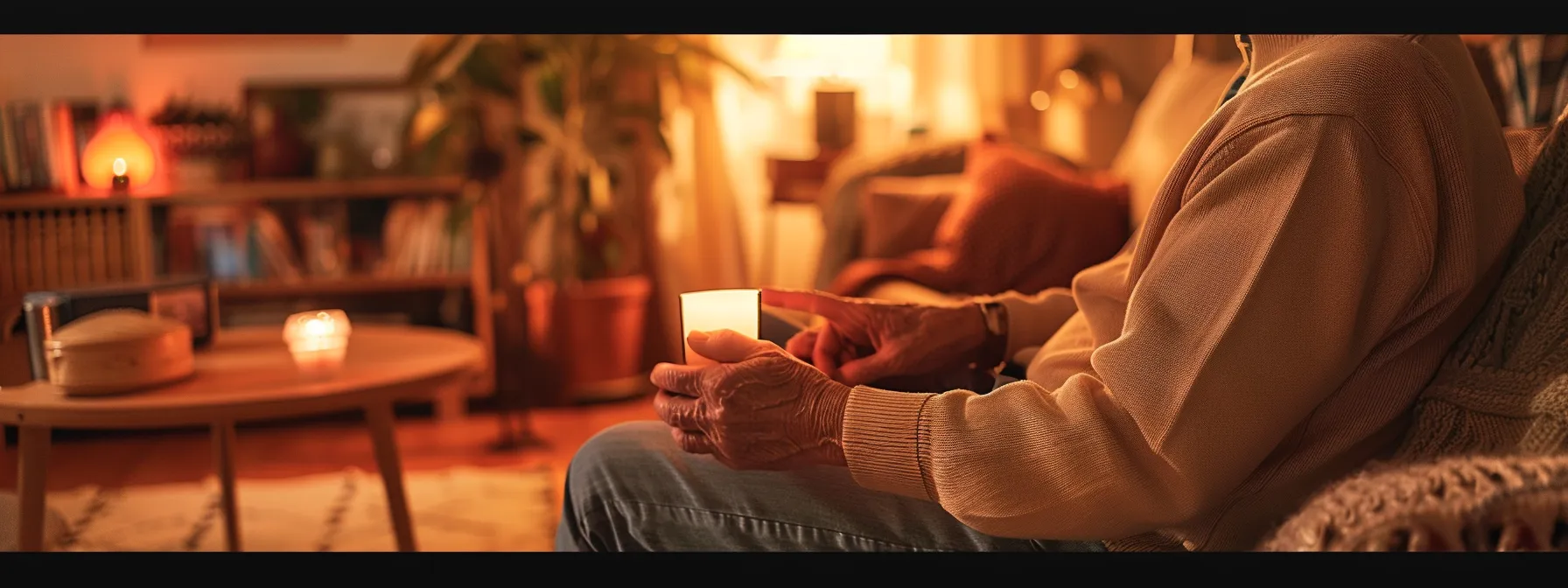
When planning your smart home integration, I emphasize prioritizing essential smart features tailored for older people, such as panic buttons for safety. Selecting compatible smart home platforms ensures seamless automation, while consulting professionals facilitates smooth transitions for installations. Lastly, setting a budget for upgrades helps manage costs effectively, ensuring a practical approach to enhancing convenience and security in your home.
Prioritizing Essential Smart Features for Your Needs
When prioritizing essential smart features for your home, I consider tools that truly enhance safety and convenience, particularly for older adults. Incorporating smart devices that monitor blood pressure and provide timely reminders can significantly ease daily health management, while virtual assistant integrations allow for hands-free control and improved user interface for those with mobility challenges. By focusing on practical features that address potential scams, I can ensure that my loved ones have a secure and supportive living environment:
| Smart Features | Key Benefits | Considerations |
|---|---|---|
| Health Monitoring Devices | Real-time tracking of vital signs like blood pressure. | Look for user-friendly models designed for older users. |
| Virtual Assistants | Hands-free control of devices and reminders. | Ensure compatibility with existing appliances. |
| Smart Emergency Buttons | Immediate access to help in case of a fall or emergency. | Choose models that are simple to use and reliable. |
Selecting Compatible Smart Home Platforms
When selecting compatible smart home platforms for elderly care, I focus on systems that seamlessly integrate with existing devices while enhancing home care. I prioritize platforms that offer features such as weight monitoring and cognitive support tools, as these can significantly improve the quality of life for older individuals. Ensuring that these technologies are user-friendly and accessible helps address common concerns, allowing families to provide better support and care for their loved ones.
Consulting Professionals for a Smooth Transition
Consulting professionals during the smart home integration process is critical for ensuring a smooth transition, especially for those aging in place. I recommend working with experts who can assess your needs and recommend solutions such as fingerprint access for locks or upgraded smoke detectors that enhance safety without compromising accessibility. Installing devices like smart stoves that offer additional safety features can provide peace of mind, allowing individuals to live independently while receiving the support they need.
Setting a Budget for Upgrades and Installations
When setting a budget for upgrades and installations in older homes, I focus on balancing the benefits of innovation with the need for autonomy and safety. Prioritizing essential devices like smart thermostats and health monitoring tools ensures that the investment directly enhances daily living, especially for those managing vital signs through remote patient monitoring. A realistic budget allows for selecting quality products and professional installation, delivering both peace of mind and a seamless integration of technology into the home:
| Budget Item | Estimated Cost | Key Considerations |
|---|---|---|
| Smart Thermostat | $100 – $250 | Choose models with user-friendly interfaces. |
| Health Monitoring Devices | $50 – $300 | Consider devices that provide remote access to vital signs. |
| Professional Installation | $75 – $200 per hour | Ensure technicians are experienced with smart home technology. |
Retrofitting Techniques for Seamless Integration
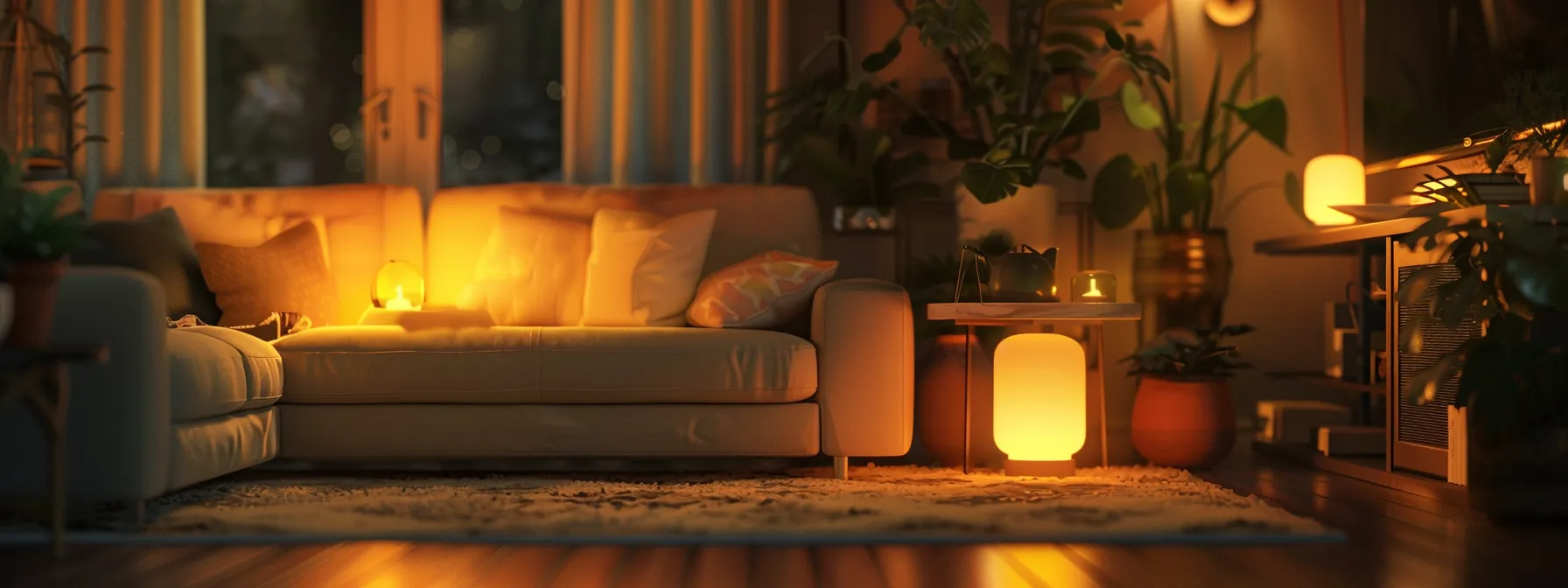
Utilizing wireless solutions can significantly minimize renovations while integrating smart home technology into older homes. I explore implementing smart plugs and retrofit devices, incorporating voice-controlled assistants for enhanced accessibility, and upgrading lighting with smart bulbs and switches to improve welfare and mental health. Each of these techniques addresses potential risks, providing a more convenient and secure living environment, particularly for those in nursing homes.
Utilizing Wireless Solutions to Minimize Renovations
Utilizing wireless solutions is an effective strategy to integrate smart home technology into older homes without extensive renovations. For instance, devices like the Nest thermostat and smart speakers can be easily installed to provide comfort and convenience while requiring minimal alterations to existing structural elements. This approach not only adheres to current technical standards but also meets consumer demands for accessible and efficient technologies that accommodate daily behaviors.
- Identify key areas needing smart technology.
- Select wireless devices that enhance convenience.
- Minimize disruptions during installation.
- Focus on user-friendly interfaces for older adults.
Implementing Smart Plugs and Retrofit Devices
Implementing smart plugs and retrofit devices is an excellent way to enhance the convenience of older homes while integrating smart technology. By using wireless smart plugs, I can turn standard appliances into smart machines, allowing for better control and energy efficiency without needing significant renovations. For example, I often recommend devices compatible with HomePod, which can help manage health-related tasks for individuals dealing with chronic diseases, ensuring a smoother daily routine while providing peace of mind for caregivers:
- Upgrade non-smart devices with wireless smart plugs.
- Consider HomePod-compatible devices for simple control.
- Focus on user-friendly installations to minimize disruptions.
Incorporating Voice-Controlled Assistants
Incorporating voice-controlled assistants like Amazon Echo into older homes significantly enhances daily living. These devices not only support physical therapy routines through guided exercises but also allow users to manage stress by playing soothing music or meditations with simple commands. Additionally, integrating these assistants with a home security system offers peace of mind, enabling quick access to emergency services or monitoring through voice requests, which can be particularly beneficial for those managing weight loss programs or other health routines.
Upgrading Lighting With Smart Bulbs and Switches
Upgrading lighting with smart bulbs and switches is a practical way to enhance comfort and energy efficiency in older homes. These devices can be easily controlled via a mobile app, allowing users to adjust brightness levels or set schedules without the need for complicated installations. For instance, I find that using smart lighting not only improves the perception of space but also helps maintain the oxygen saturation levels of residents by ensuring optimal lighting for daily activities.
| Feature | Benefits | Considerations |
|---|---|---|
| Smart Bulbs | Energy-efficient, customizable brightness, remote control via mobile app. | Ensure compatibility with existing fixtures and electrical systems. |
| Smart Switches | Control multiple fixtures, schedule lighting, integrate with home security. | Professional installation may be necessary for older wiring. |
| Voice Activation | Hands-free operation for convenience and ease of use. | Check compatibility with existing voice assistants. |
Overcoming Common Obstacles in Older Homes

Addressing issues like signal interference from thick walls is essential for the usability of smart devices. I focus on safely upgrading outdated wiring and hardware to support modern security systems, ensuring they meet safety standards for carbon monoxide detection. Enhancing security without compromising aesthetics is also a priority, along with improving energy efficiency using smart thermostats controlled via a mobile device.
Addressing Signal Interference From Thick Walls
Addressing signal interference from thick walls is a critical aspect I focus on when integrating smart home technology in older homes. These structural elements can hamper connectivity, making it challenging to access telehealth services, medication reminders, or even entertainment systems. For effective solutions, I often recommend using mesh Wi-Fi systems, which enhance coverage and ensure seamless access to vital therapy and assisted living features throughout the home, thus improving the overall quality of life for residents.
Safely Upgrading Outdated Wiring and Hardware
When upgrading outdated wiring and hardware in older homes, I emphasize the importance of ensuring safety and compatibility with smart devices. For instance, I often find that homes equipped with smart doorbells or an Amazon Echo Show benefit significantly from having modern electrical systems capable of supporting these technologies. Addressing these upgrades is especially crucial for residents experiencing mild cognitive impairment, as reliable technology can greatly enhance their daily living experience and overall safety.
- Assess the current state of electrical wiring.
- Ensure compatibility with smart devices like doorbells and displays.
- Focus on safety improvements to support the needs of geriatrics.
Enhancing Security Without Compromising Aesthetics
Enhancing security while preserving the aesthetic appeal of older homes is a challenge I often face. Utilizing cloud computing solutions for surveillance systems allows me to install discreet cameras that effectively monitor properties without being visually intrusive. By implementing smart locks that support remote control, I can ensure easy access for first responders in emergencies while maintaining the architectural integrity valued by organizations like AARP, all while also ensuring that features such as carbon monoxide detectors are seamlessly integrated into the design.
Improving Energy Efficiency With Smart Thermostats
Improving energy efficiency with smart thermostats is a significant step in upgrading older homes while addressing common challenges. I often find that these devices not only help regulate temperature effectively, but also integrate seamlessly with home security systems, allowing for enhanced automation. For instance, during cooking, a smart thermostat can adjust the temperature settings based on the household’s activity level, ensuring comfort without excessive energy use. Additionally, implementing authentication features ensures that only authorized users can modify settings, making it a secure option for those managing a chronic condition where consistent environmental controls are vital for well-being.
Preserving Aesthetics While Modernizing
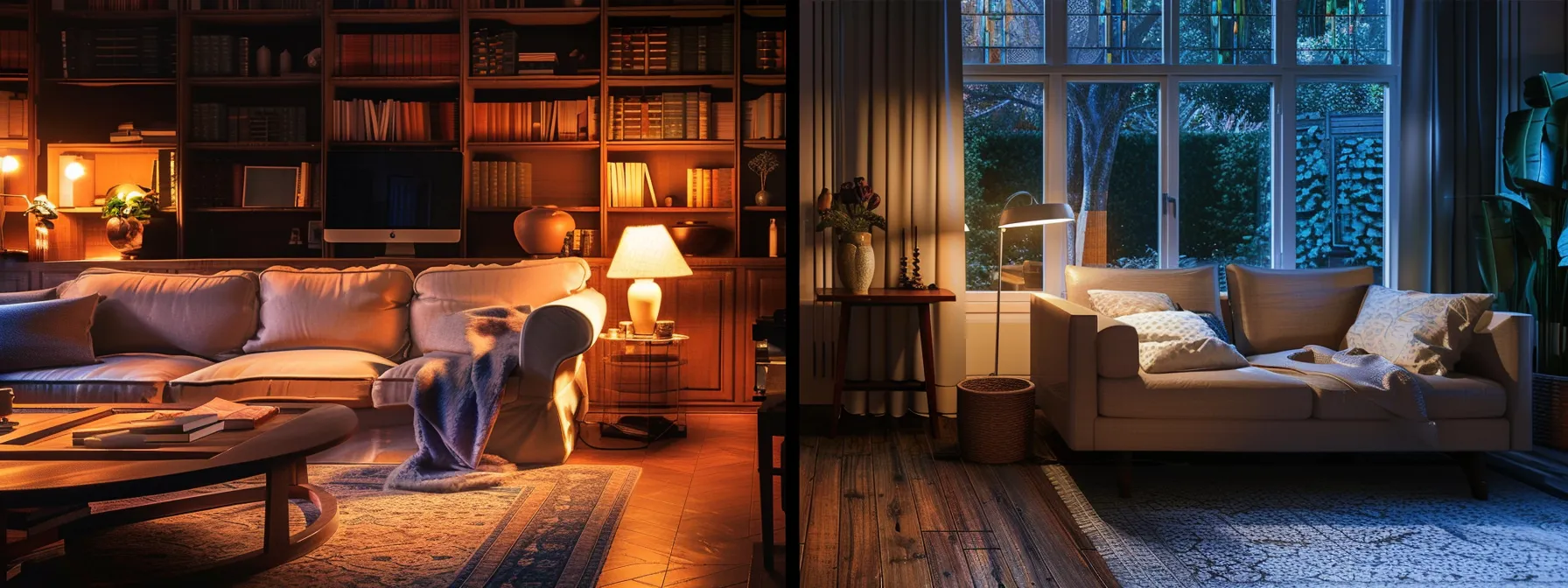
To effectively integrate smart home technology in older homes without compromising their charm, I focus on choosing discreet and minimalist smart devices like Philips Hue and Google Nest. Customizing the appearance of these gadgets to match existing décor and properly concealing wires and hardware are crucial steps. Balancing historical integrity with modern convenience enhances functionality, particularly in areas like disease management or automating tasks with devices like vacuum cleaners.
Choosing Discreet and Minimalist Smart Devices
When I recommend smart devices for older homes, I prioritize discreet and minimalist options to enhance aesthetics without sacrificing functionality. For example, a robotic vacuum cleaner can effectively maintain cleanliness while blending seamlessly into the environment. Devices such as smart humidity sensors and garage door openers can be integrated into existing structures, providing assistive technology that supports health care needs without overwhelming the visual appeal of the home.
Customizing Device Appearance to Match Decor
When I assist caregivers in modernizing older homes, I emphasize the importance of customizing device appearance to match existing decor. For instance, selecting a smart thermostat that complements traditional aesthetics or concealing wires associated with emergency response systems not only preserves the home’s charm but also enhances functionality. By ensuring that smart devices blend seamlessly with the decor, I help create an environment that retains its historical integrity while benefiting from the intelligence and convenience of modern technology.
Concealing Wires and Hardware Appropriately
Concealing wires and hardware is essential for maintaining the aesthetics of older homes while integrating modern smart home technology. For instance, I often recommend routing cables through walls or using wire moldings that blend with existing decor, ensuring that devices like medical alert systems and smart ovens do not disrupt the visual appeal. Additionally, using discreet button panels for emergency response can enhance functionality without compromising the home’s charm, allowing for both safety and style while encouraging physical activity within the space.
Balancing Historical Integrity With Modern Convenience
Balancing historical integrity with modern convenience involves selecting smart home technology that respects the unique character of older homes while enhancing their functionality. For example, I often recommend using discreet motion-activated surveillance cameras that blend seamlessly into the home’s architecture, ensuring safety without detracting from aesthetic appeal. Additionally, upgrading to smart bulbs allows for efficient lighting control, improving the quality of life for residents, particularly those utilizing Medicare Advantage who require a focus on health and safety within their living environment.
Maximizing the Benefits of Smart Technology
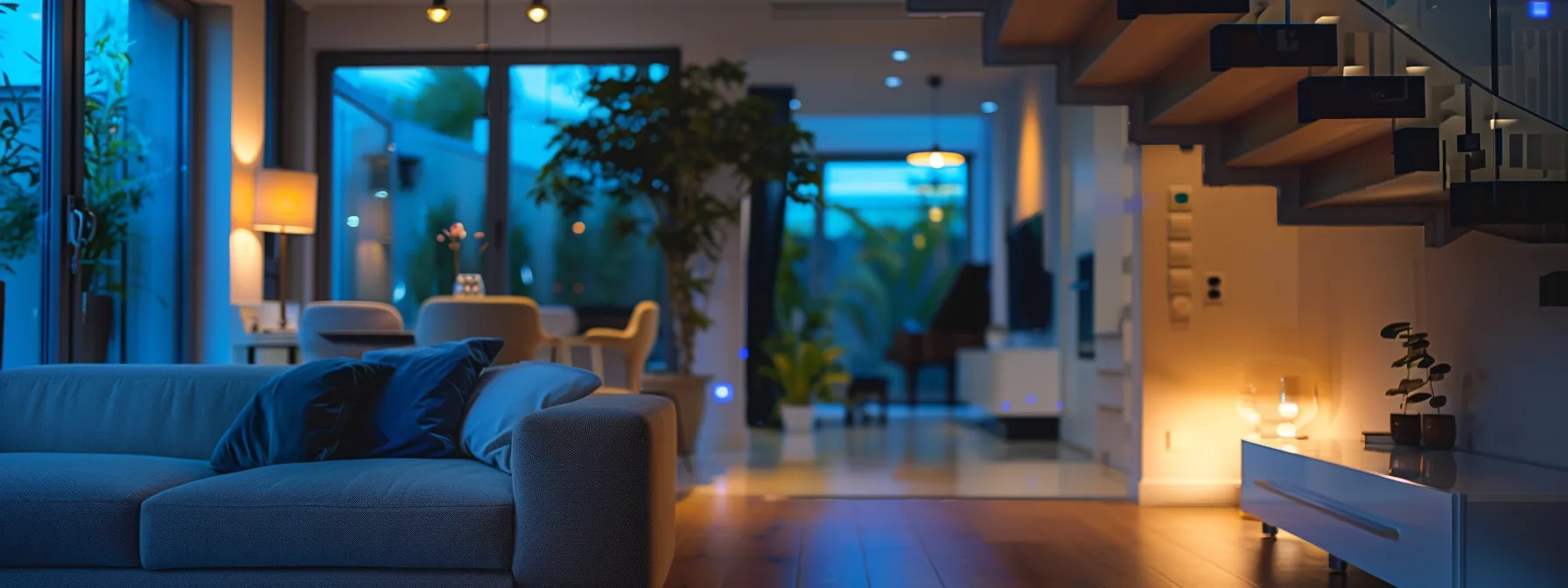
Enhancing safety and security measures is crucial when integrating smart home technology. I also focus on simplifying daily tasks through automation, allowing for a more convenient lifestyle. Monitoring energy usage can reduce costs significantly, while smart upgrades can increase property value. Each of these aspects contributes to maximizing the benefits of technology in older homes, making them more functional and appealing.
In the following sections, I will explore practical strategies for improving safety and efficiency, highlighting how Brothers Bloom can support homeowners in navigating these enhancements effectively.
Enhancing Safety and Security Measures
Enhancing safety and security measures in older homes with smart technology is critical for peace of mind. I recommend installing smart locks that allow homeowners to control access remotely, providing an added layer of security against potential intruders. Additionally, integrating security cameras with motion detection helps to monitor activities around the home, ensuring a swift response to any unusual activity, which is especially important for those who may feel vulnerable in their living environment.
Simplifying Daily Tasks Through Automation
Simplifying daily tasks through automation in older homes greatly enhances convenience and efficiency. I find that utilizing smart technology, such as automated lighting systems and programmable thermostats, allows residents to manage their environments with minimal effort. For instance, I often recommend integrating voice-controlled assistants to schedule daily activities, like reminding individuals to take their medication or adjusting the temperature for comfort, which significantly reduces routine stress and enhances overall well-being:
- Implement smart lighting that turns on and off based on occupancy.
- Use programmable thermostats to maintain optimal temperatures effortlessly.
- Set up voice-controlled reminders for important daily tasks.
Monitoring Energy Usage to Reduce Costs
Monitoring energy usage in older homes is a vital step toward reducing costs and improving efficiency. I often utilize smart plugs and smart energy monitors to track energy consumption in real-time, allowing me to identify appliances that consume excessive power. By making informed adjustments based on usage data, such as scheduling high-energy devices for off-peak hours, homeowners can save money while contributing to a more sustainable environment.
Increasing Property Value With Smart Upgrades
Increasing property value through smart upgrades is an effective strategy I recommend for homeowners looking to enhance their older homes. Smart features such as energy-efficient thermostats, advanced security systems, and automated lighting not only improve the living experience but also make the property more appealing to potential buyers. By investing in these technologies, I find that the overall marketability of a home increases, giving owners a competitive edge in the real estate market while providing a modern touch to a classic property.
Conclusion
Seamless integration of smart home technology in older homes enhances safety, convenience, and overall quality of life for residents. By assessing electrical systems, evaluating Wi-Fi connectivity, and considering historical preservation guidelines, homeowners can successfully implement modern devices without compromising the integrity of their properties. Prioritizing essential features tailored for older adults fosters independence while addressing health management needs. Embracing these technologies not only boosts property value but also transforms aging homes into secure, functional spaces that meet contemporary demands.
